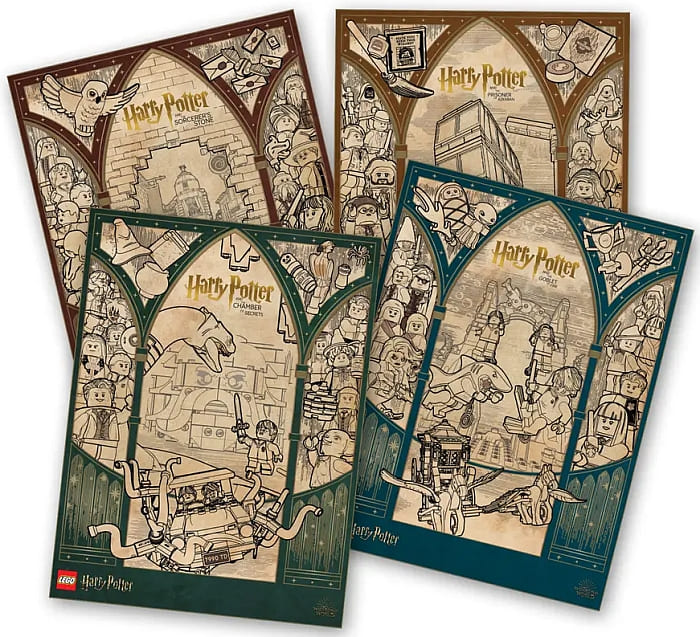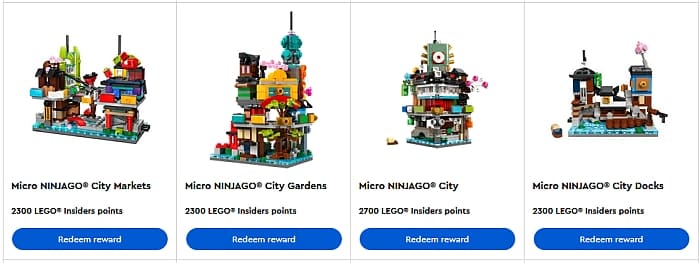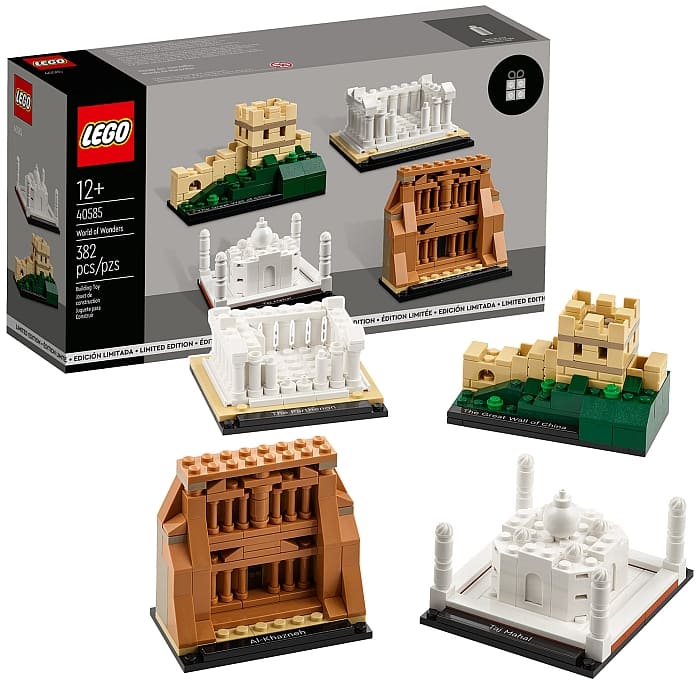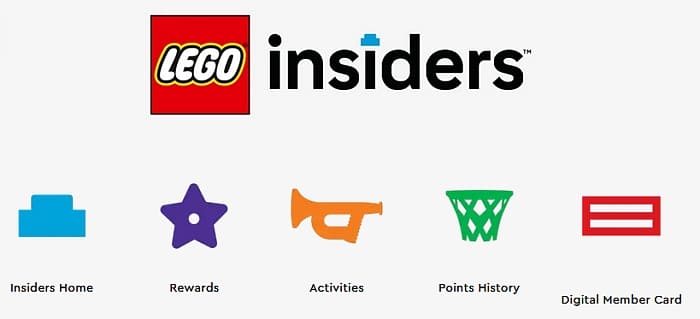The LEGO Ideas team is running a new contest for gamers and brick enthusiasts! This is a fun challenge with great prizes. Details below.
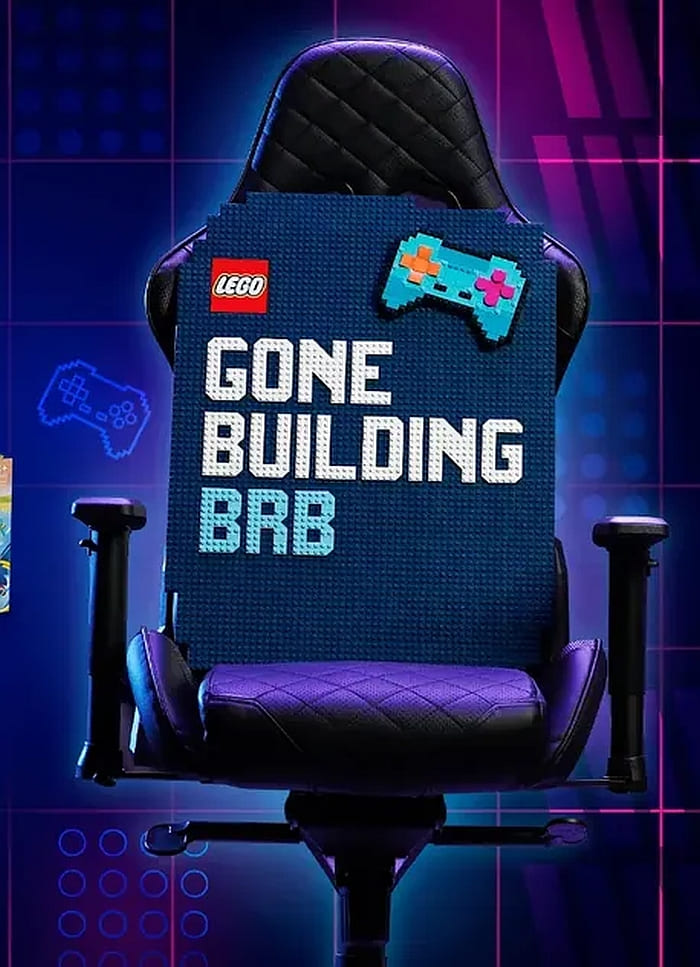
Do you ever find yourself needing to step away from the intense battlefields, adventurous quests, or high-speed races in your favorite game? What if we told you there’s a way to make your “be right back” moments just as epic as the game itself? Introducing the LEGO Ideas “Be Right Back” Gaming Sign Challenge!
This is your golden opportunity to combine your love for gaming with your passion for LEGO bricks. Imagine crafting a unique, brick-built “BRB” sign that not only informs your teammates and online friends that you’re AFK (away from the keyboard) but also adds a touch of cool and clever flair to your gaming setup.
Not sure where to start? Below are some ideas to get your creative clutch power flowing:
- Retro Arcade: Craft a sign that looks like it belongs in a 1980s arcade, complete with pixel art and neon flare.
- Speed Runner: Design a high-energy sign with elements like golden rings, loops, and a sense of motion. Think about incorporating bold colors and a sense of speed into your build.
- Fantasy Quest: Use elements like wands, shields, and magical creatures to hint at your favorite RPG adventures.
- Battle Royale: Create an action-packed sign inspired by a game field filled with supply drops, high terrain, and tactical opportunities. Use bright colors, creative structures, and dynamic scenes to capture that intense, competitive spirit.
- Space Odyssey: Create a sign that looks like it’s from a futuristic spaceship, using sleek lines and metallic colors.
- Block World: Design a sign that looks like it’s been built from colorful, blocky elements, featuring familiar landscapes such as grassy plains, pixelated trees, and maybe even a few blocky creatures. This concept is perfect for a playful and interactive feel.
- Nature Retreat: Design a BRB sign that incorporates natural elements like trees, waterfalls, and wildlife for a calming AFK break.

The challenge consist of 3 phases: 1.) Submission Phase – Build and submit your entry before October 2nd at 6am EST. 2.) Judging Phase – LEGO Ideas judges review the entries and choose a maximum of 10 entries, which will then go forward to a fan vote, on October 7th. 3.) Voting Phase – LEGO Ideas members will then have the opportunity to vote once, for their favorite entry from October 7th to October 15th. 4.) Winners Announcement – The LEGO Ideas team will share the results of the fan vote no later than October 21st!
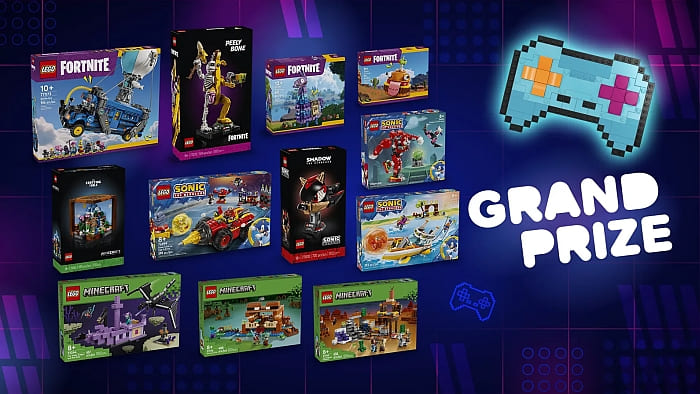
The grand prize winner will receive the following: #21256 LEGO Minecraft The Frog House, #21263 LEGO Minecraft The Badlands, #21264 LEGO Minecraft The Ender Dragon and End Ship, #21265 LEGO Minecraft The Crafting Table, #76996 LEGO Sonic the Hedgehog Knuckles’ Guardian Mech, #76997 LEGO Sonic the Hedgehog Tails’ Adventure Boat, #76999 LEGO Sonic the Hedgehog Super Sonic vs. Egg Drillster, #77000 LEGO Sonic the Hedgehog Shadow the Hedgehog, #77070 LEGO Fortnite Durr Burger, #77071 LEGO Fortnite Supply Llama, #77072 LEGO Fortnite Peely Boone, and #77073 LEGO Fortnite Battle Bus.

And two runner-up winners will receive the following:, #21256 LEGO Minecraft The Frog House, #21264 LEGO Minecraft The Ender Dragon and End Ship, #76999 LEGO Sonic the Hedgehog Super Sonic vs. Egg Drillster, #77000 LEGO Sonic the Hedgehog Shadow the Hedgehog, #77070 LEGO Fortnite Durr Burger, and #77072 LEGO Fortnite Peely Boone.
Submissions may be in either physical bricks or by using a digital building tool such as Bricklink’s Stud.io. You’re welcome to use image editing tools, such as Photoshop, to create your images. Take a minimum of 4 and a maximum of 10 photos of your creation and submit them to the challenge. Make sure to show off all angles and any features or functions of your creation. Add a title and short description. Upload your entry to the challenge using the Submit Entry button on the contest page.
So, gamers and builders, are you ready to level up your creativity? Grab your bricks, let your imagination soar, and may the best BRB sign win! You can also share your thoughts and discuss in the comment section below!
And you might also like to check out the following related posts:
